Last updated on
These are the 19 types of light bulbs you need to know to choose the most efficient lighting for your home. Read on to find out everything you need to know.
The last time I realized I knew too little about light bulbs was when I’ve replaced a bulb and it blew up immediately upon watching it on. It was the right size, shape, and type, but little did I know about the differences in voltage.
Knowing all about the types of light bulbs, and their efficiency is very important when setting up lighting in your home and maintaining it. With all the variations out there, how do you know what’s the right choice?
And while there are only a few main types of bulbs (incandescent, fluorescent, halogen, LED, recessed), there are so many more variations by their shape, use, and efficiency. We will help you get your head around all that.
Let’s begin!
Light Bulb Base Types and Sizes
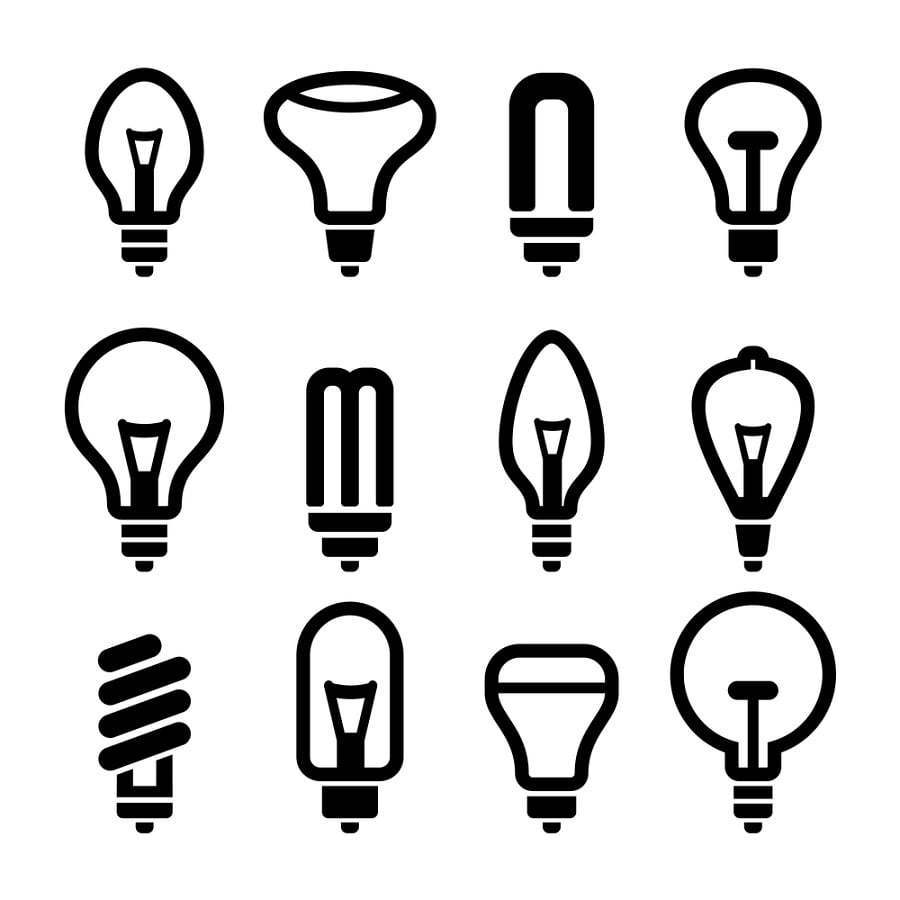
There are six major types of light bulb bases:
- Screw bases
- Specialty bases
- Bi-pin bases
- Twist and lock bases
- Fluorescent
- Compact fluorescent (CFL) bases
All the types have varying orientation, functionality, and compatibility. The screw and pin bases are the main types.
Developed by Thomas Edison, Edison screw bases tend to be most common. The bases are right-hand metal threaded and work clockwise.
The common four sizes are candelabra, intermediate, medium, or standard and mogul. Other sizes still occur for specific uses.
Screw bases are standardized and harmonized based on the name and size. The focus on size is in diameter and length.
Naming starts with a letter E (Edison) followed then a number that is of dimensions in millimeters. The types of screw bases include E26/E27 Medium, E12 Candelabra, E14 European, E17 Intermediate, and E39/E40 Mogul.
Pin bases have two pins that make contact with the outlet. The operation nature varies from the screw base bulbs. They are common in MR16s, linear and fluorescent bulbs and few HID light bulbs. Their orientation varies widely.
Light Bulb Shapes

The light bulbs have multiple and perfect shapes. The common shapes are:
- Arbitrary
- Globe
- Candle
- Twist
- Various reflector shapes.
Now, let’s meet all the important types of light bulbs.
Halogen Light Bulbs

Halogen light bulbs use a filament. They use halogen gas, either bromine or iodine. As energy-saving bulbs, they burn hotter than most incandescent.
They still consume little energy and last longer. A typical halogen bulb lasts for 2,000 hours (roughly two years).
They come in varying types based on the base, shape, size, design, and functionality. Some of them include the Bi-Pin Halogen, Double Ended Halogen, Candelabra Halogen, A-Shaped halogen, among others.
Halogen light bulbs are most respected when it comes to every aspect of lighting with the use ranging across various sectors.
Full Spectrum Light Bulbs
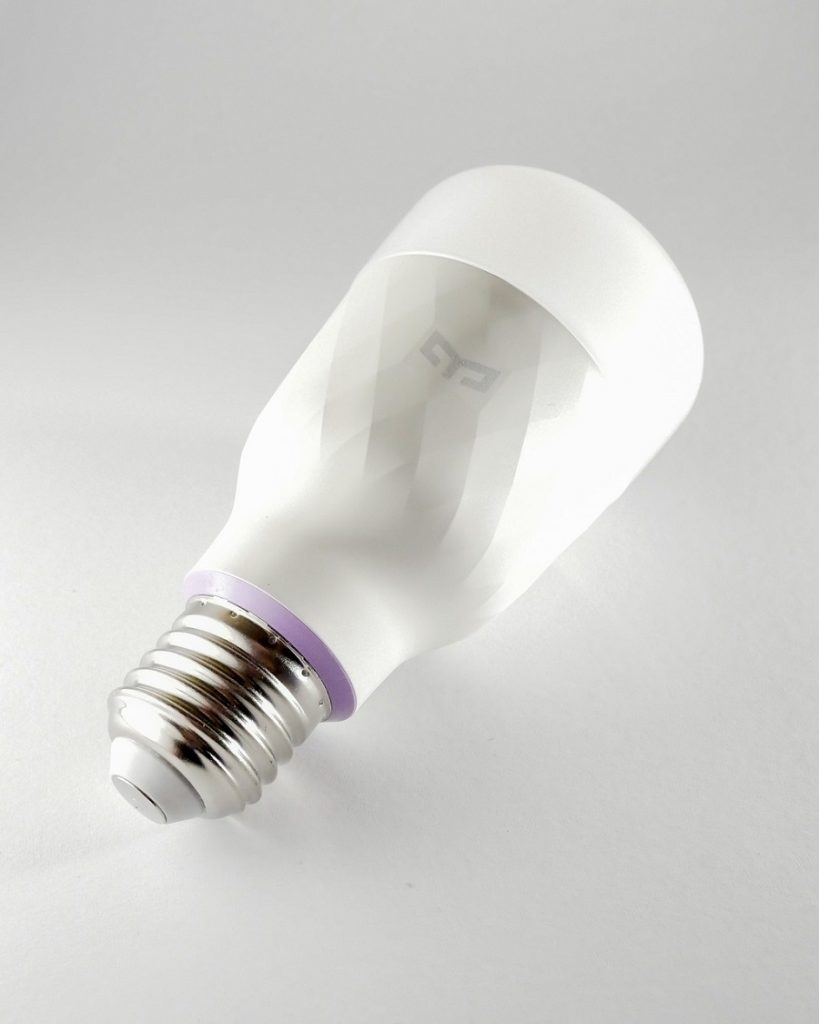
These bulbs use a full spectrum of fluorescent and incandescent lighting. The design emulates the electromagnetic spectrum of light (natural light). When lit, they reflect midday sunlight to the eyes.
Full-spectrum incandescent bulbs use neodymium glass and produce a yellow look. Full-spectrum fluorescent lighting uses phosphor to achieve more kelvin colors.
These bulbs come in a variety of base types, finishes, sizes, voltage, and watts. They primarily find use when sunlight rendering is key — for instance, aquariums and indoor plants.
Incandescent Bulbs

Incandescent bulbs have filaments. Enclosed in a vacuum, these filaments emit light when heated. With over 100 years of use after Thomas Edison’s invention, they are still common.
They consist of filaments, stem, and small wires held at the base. The vacuum consists of inert gas for overall protection.
These bulbs vary based on their orientation, sizes, voltages, and watts. Their use is on both commercial and household purposes.
Daylight Bulbs
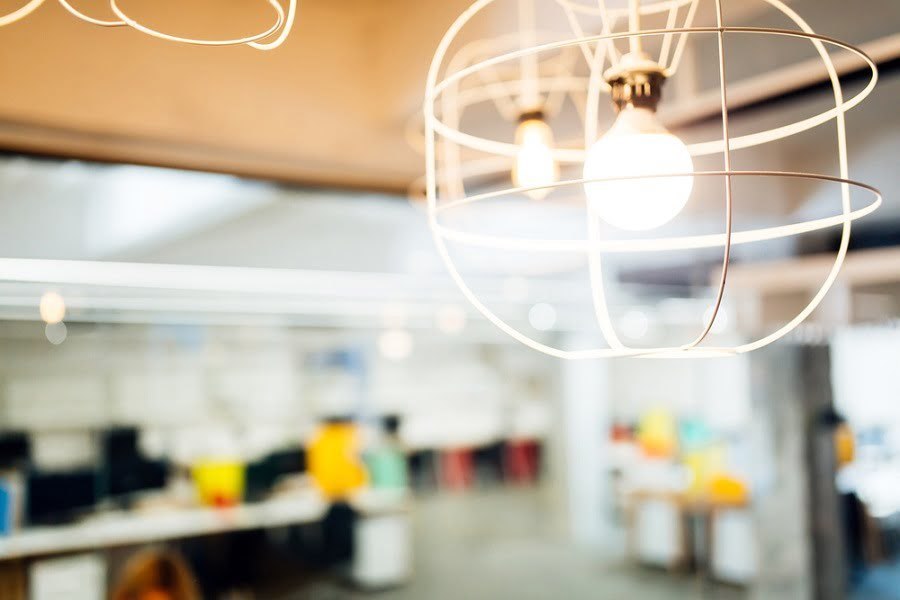
Daylight is among the types of light bulbs with intense and vibrant illumination. The light produced appear blue shaded and stimulates the natural daylight.
The bulb temperatures range from 4600K to 6500K and beyond. Unlike the full spectrum, the daylight bulbs are less yellowy and more whitish.
Both the daylight LED and fluorescent bulbs vary based on appearance and functionality. The bulbs work best where illumination to detail is required. For example, workshops, displays, and security lighting.
Tungsten Light

Tungsten light provides lighting to indoor and outdoor spaces. With an active connection, the tungsten metal in the filaments heats to generate the light.
Incandescent lightbulbs that use filaments are the major sources of tungsten light. The tungsten light bulbs vary based on the look and the specifications.
The bulbs heat up to 3200K giving out a full spectrum light. This makes them ideal for photography purposes.
CFL Bulbs
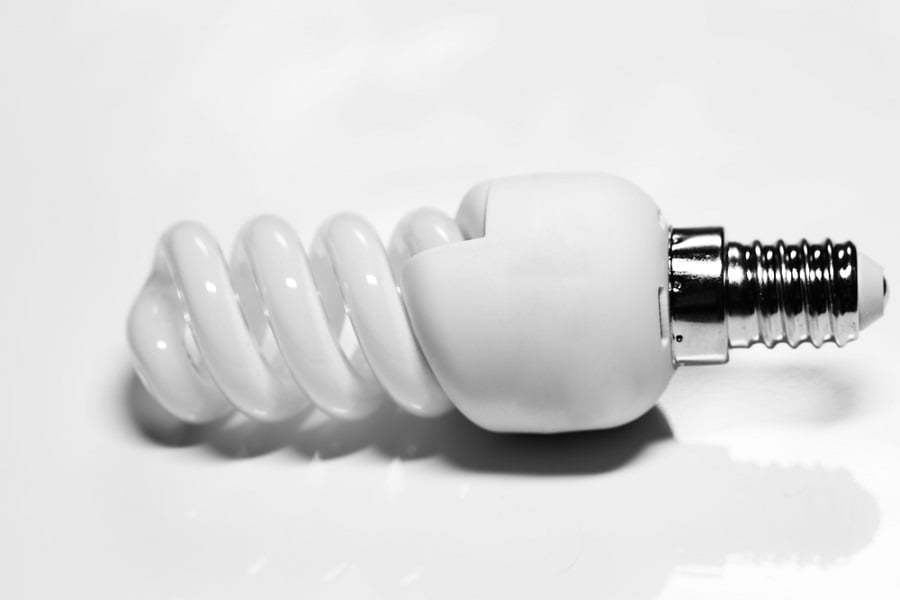
The CFL bulbs are fluorescent, and they use a mix of phosphorous. The powder heats to generate substantial light. They have no filaments like incandescent lamps.
They last for a lengthy time. You have alternatives to choose from because they vary in multiple aspects. However, just like other fluorescents, the heating powder has mercury traces,
Type B Bulb
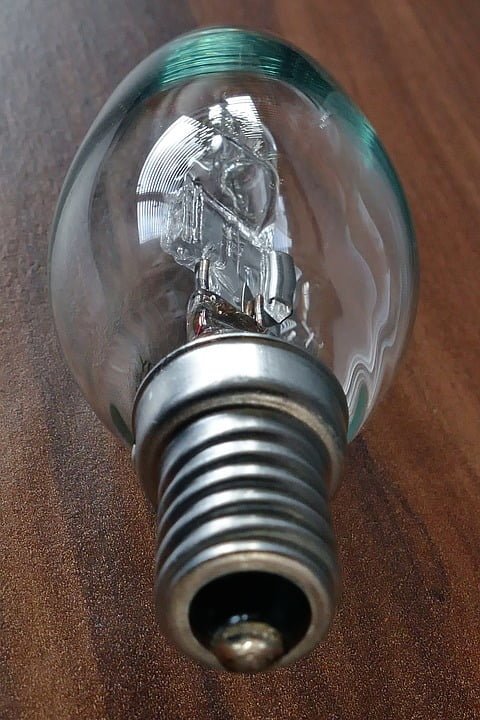
Type candelabra category constitutes of type B bulbs. They look like bullets or a fire flame. Due to the small size, the wattage is considerably low.
The bulbs vary with some retaining the narrow shape, while others get thinner towards the tip.
Type S LED
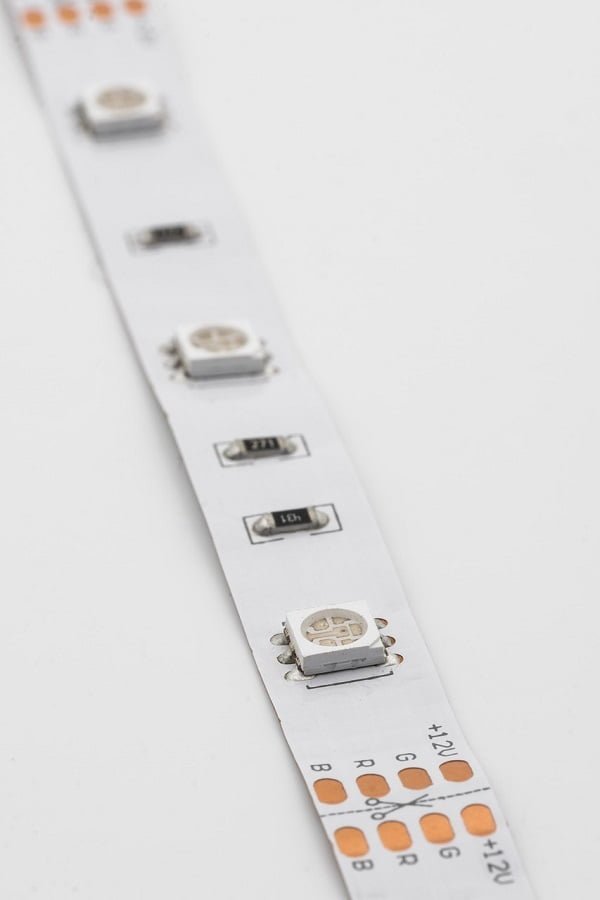
It is a miniature light bulb. The bulbs are energy efficient. The wavelength of light emitted varies depending on the type of LED bulb.
They vary based on the watts, appearance, among other things. It has a high half-life.
LED Light Bulbs for Home
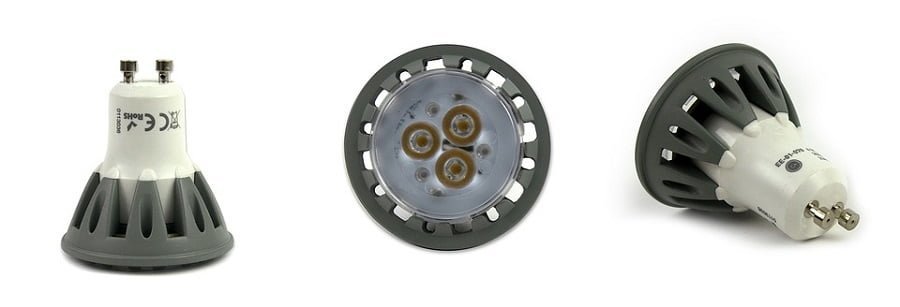
LED light bulbs for home use are very energy efficient. They vary from the aesthetics to the functionality.
They are durable, and long life goes way beyond the 50,000 hours. There is no heat and environmental challenges from these bulbs. So for most common use, they are the best choice.
Colored Light Bulbs
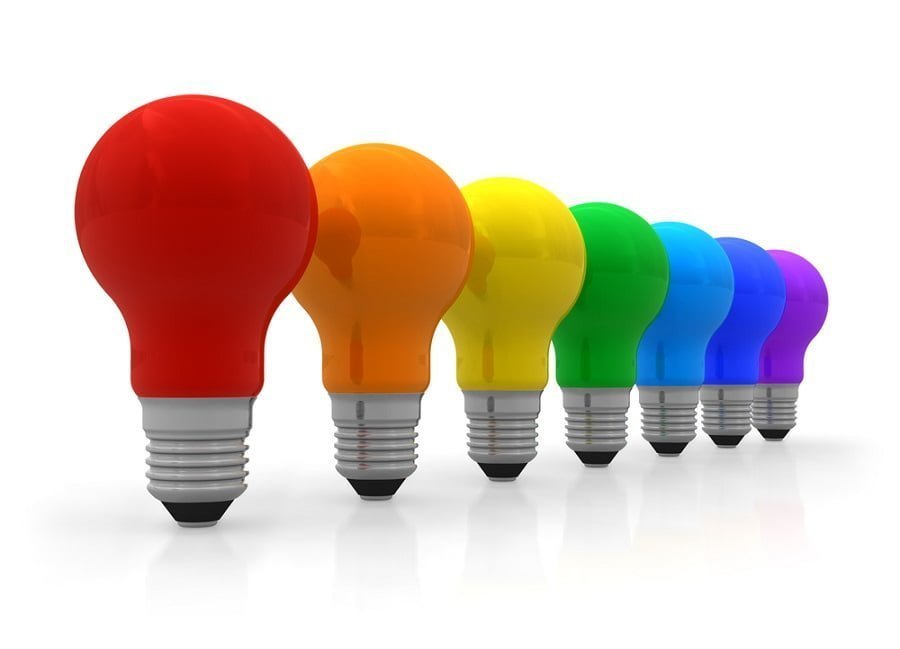
Colored light bulbs are friendly. Although they produce the color of choice, they are still durable.
These bulbs are comprehensive with multiple colors, shapes, and styles. Every bulb type has a colored version.
Outdoor Light Bulbs

The bulbs can withstand outdoor conditions. Both incandescent and LED are suitable for outdoor purposes.
The incandescent flood light bulbs and halogen spotlights are some special outdoor lights. Their wavelength and lifespan suit your outdoor intentions.
Fluorescent Light Bulbs Sizes
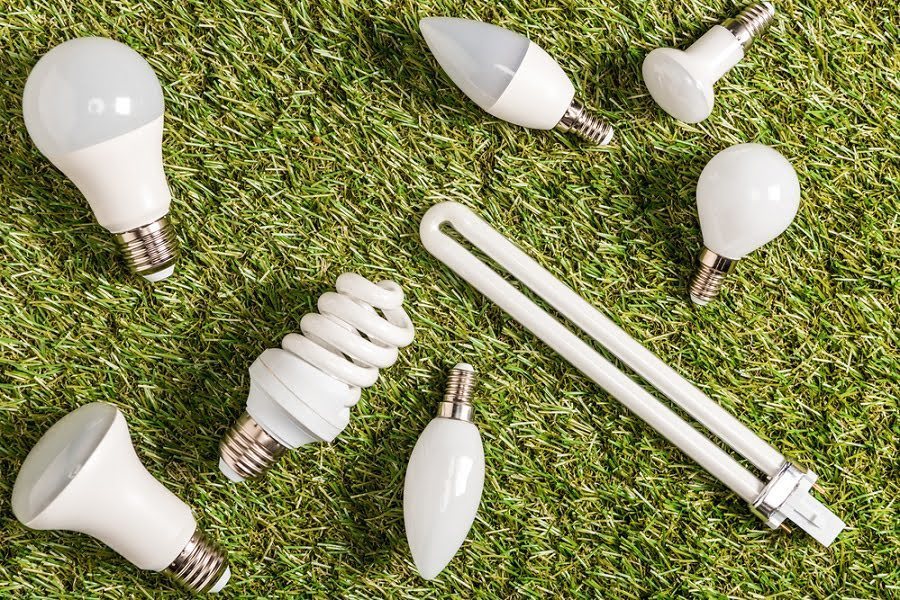
The size of the fluorescent bulb depends on the length and width. The length depends on the diameter.
The common sizes are T5, T8, and T12 tubes. The different lengths have varying wattage.
Incandescent vs. Fluorescent
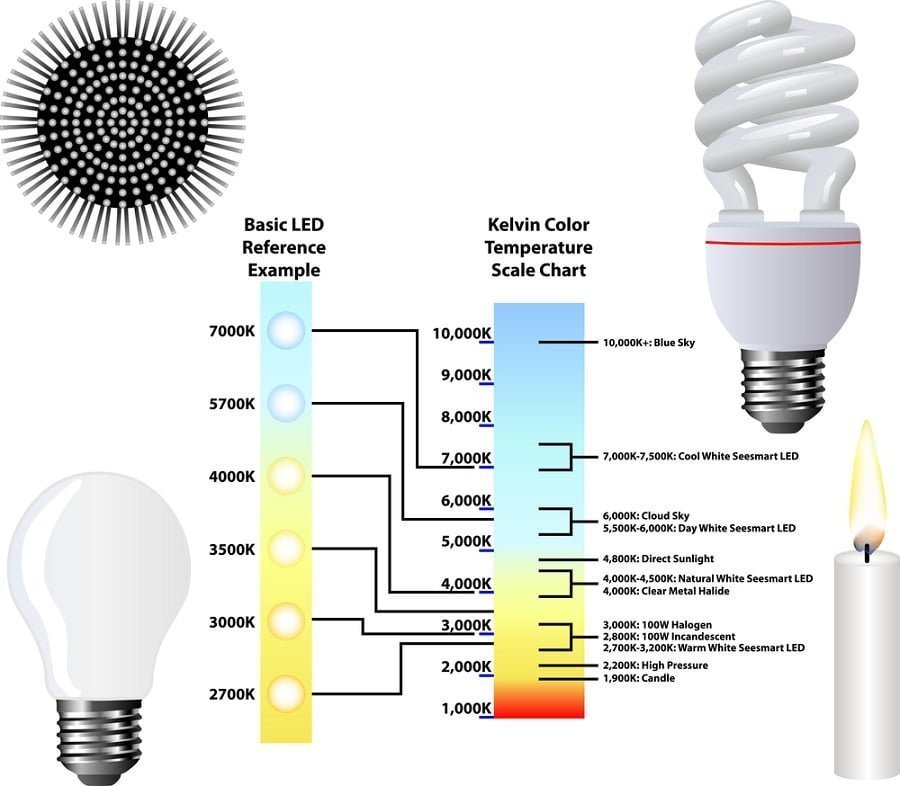
Incandescent light is produced when a filament heats while fluorescent is produced when electricity flows through the ionized bulb gas.
Fluorescent bulbs tend to be more energy-efficient than incandescent bulbs. However, the hazardous gas they contain requires special care when disposing (they may leave a negative environmental footprint if mistreated).
Two Prong Light Bulb
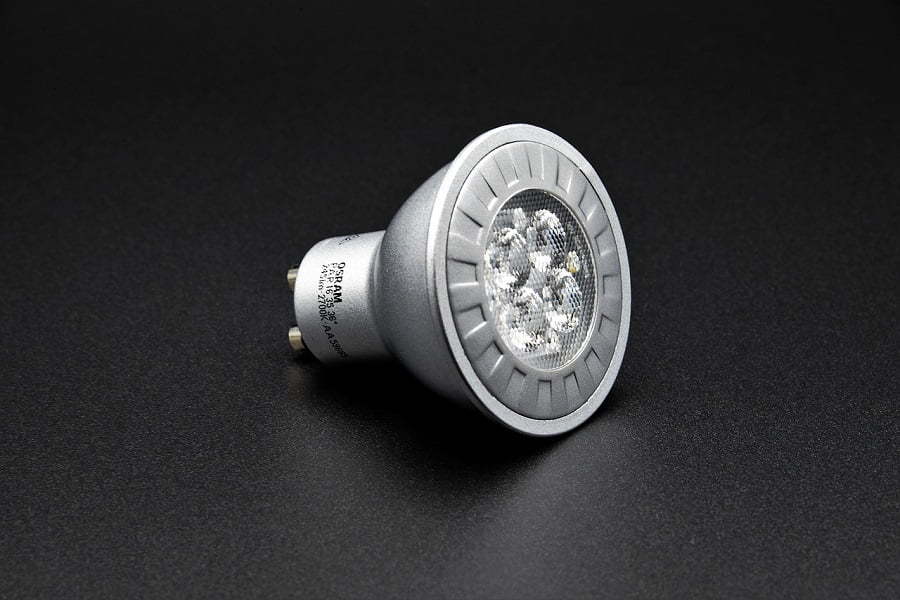
The light bulb falls in the bi-pin category of bulb bases. The two metal pins attach firmly, making the bulb suitable for indoor and outdoor use.
The variation is on functionality and aesthetics. The two-prong light bulbs are either incandescent or LED.
Recessed Light Bulbs
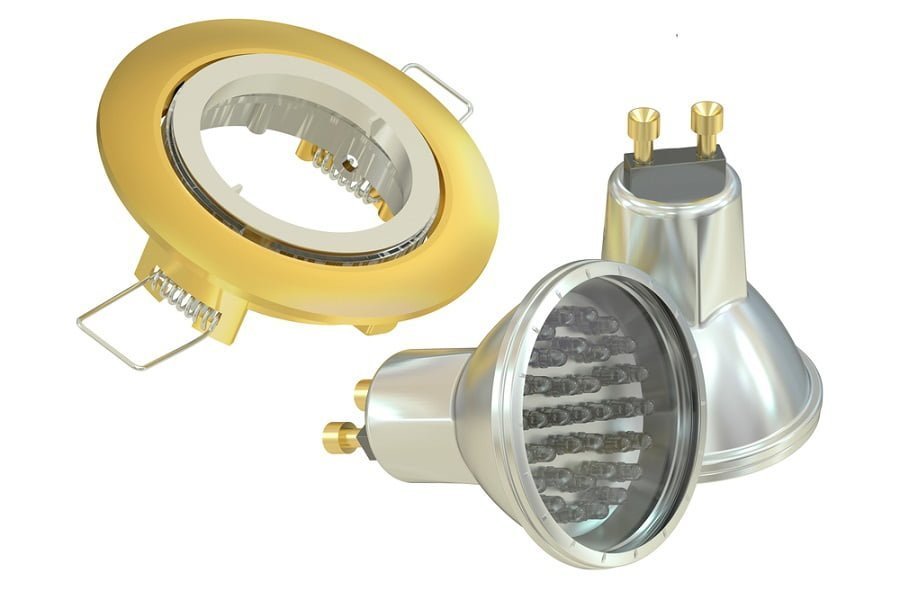
Residential recessed lighting uses bulbs of varying types and specifications. The compact fluorescent (CFL), LED, incandescent, and Halogens are the major bulbs for recessing.
Specialty Light Bulbs
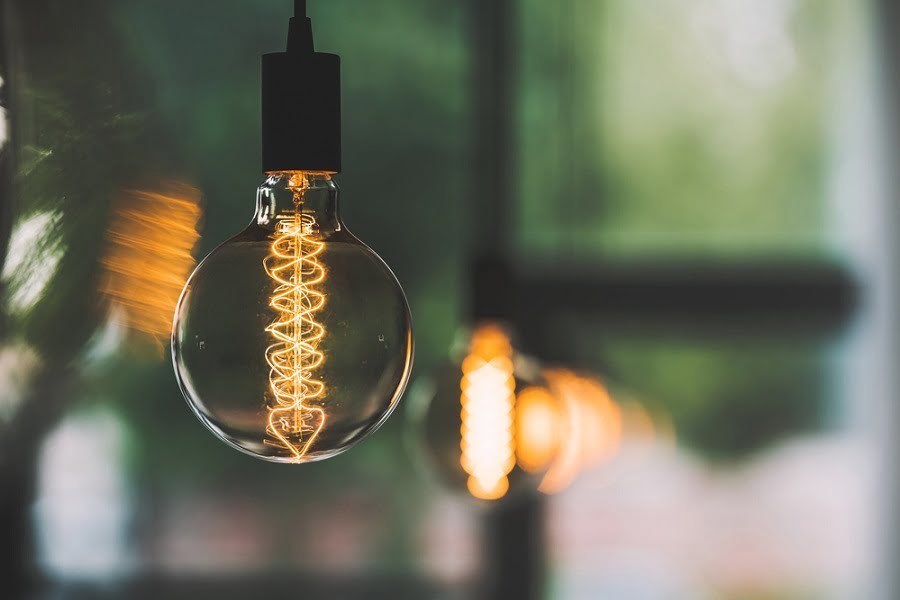
Specialty bulbs serve specific intentions. The bulbs have a wide variation, with each specialty taking particular features. They are highly effective with characteristic looks.
White Light Bulbs
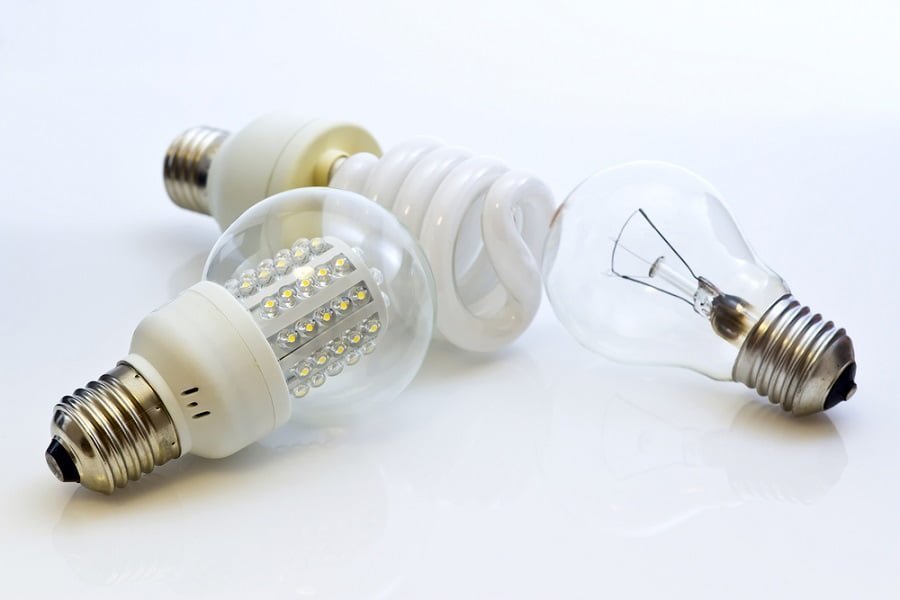
Light bulbs that heat beyond 3000K produces white light. White light bulbs give either soft or daylight white. The difference in the making, watts, and other specifications influence the nature of white light.
Long Light Bulbs

Long light results from a long wavelength. Diodes help generate a long light. The long light bulbs vary based on the size, touch, watts, and strength of the diodes.
Edison Bulbs
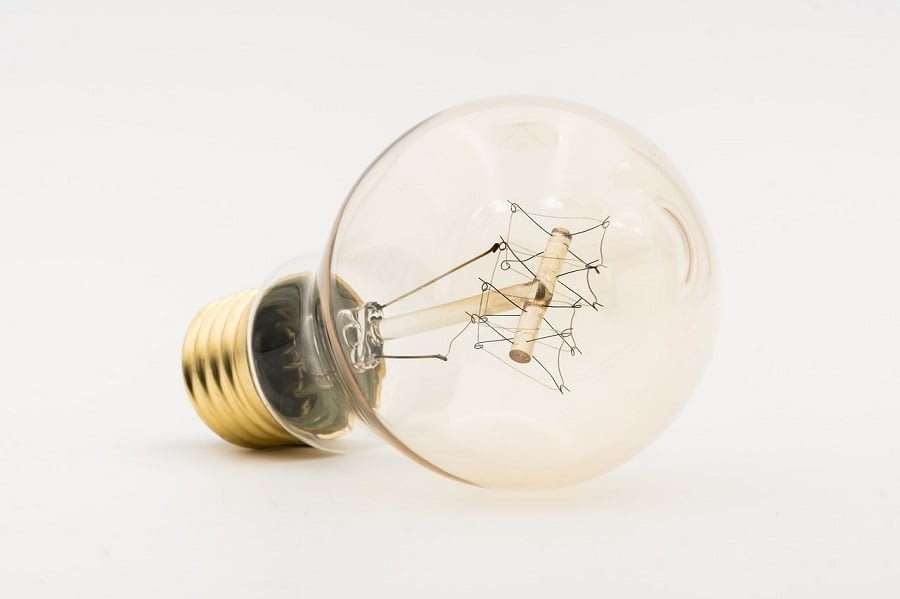
The bulbs look like those introduced by Edison a century ago. They are both incandescent and LED bulbs. Very energy efficient and produce excellent colors.
Nest Light Bulbs

Nest light bulbs are technology-oriented. The smart lights are detectors in the case of an emergency. Other than making your home smart, they are among the types of light bulbs with easy functionality.
Table of Contents




